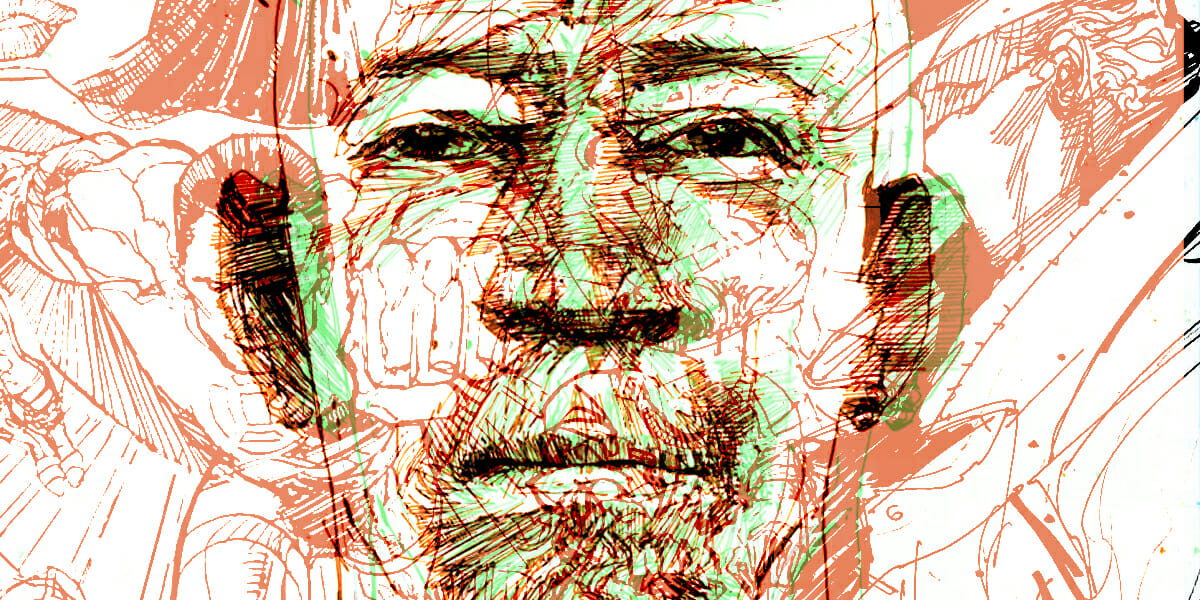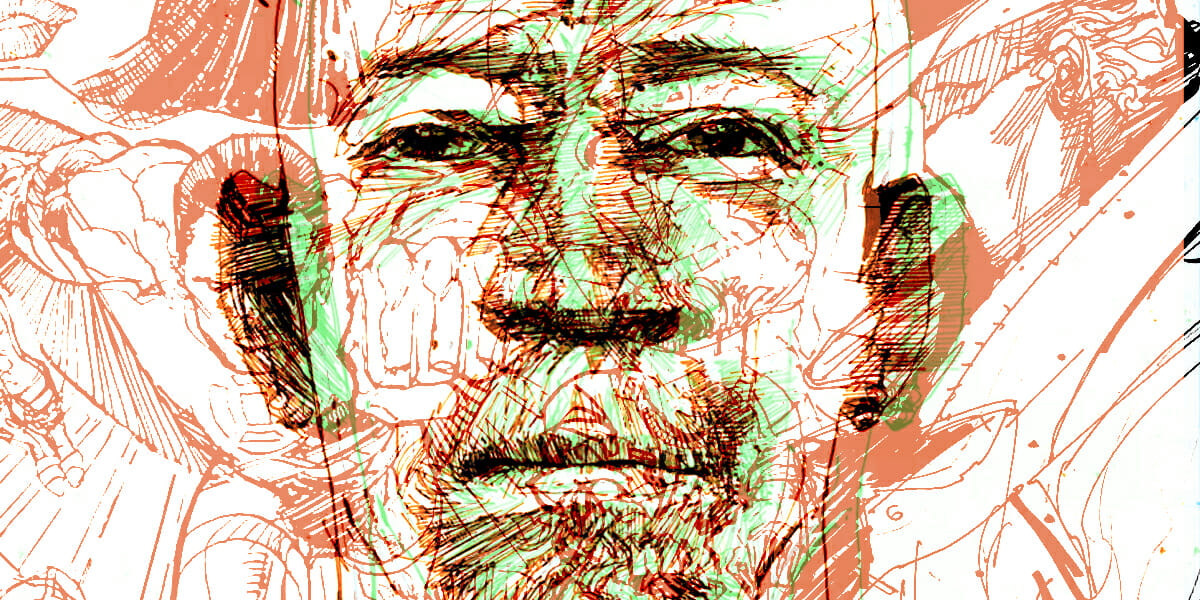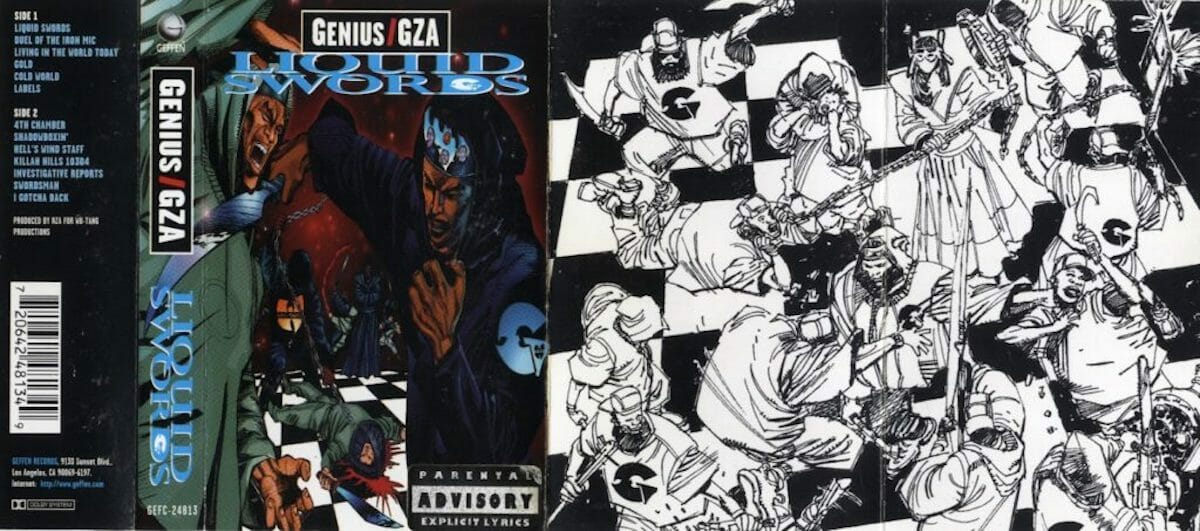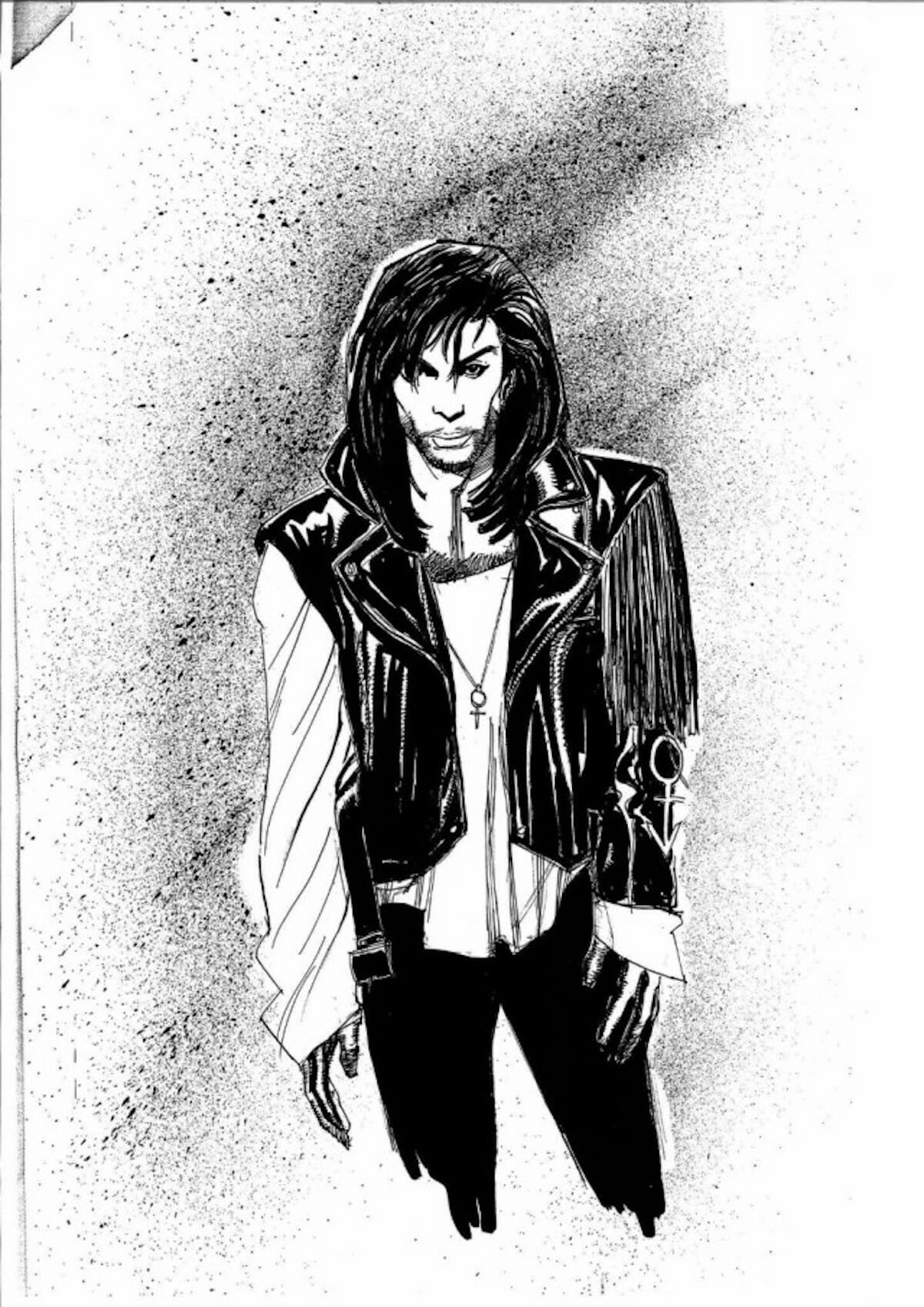It’s amazing that despite having over four decades of a career in comics under his belt, Denys Cowan can still accurately be described as one of the most underrated pencillers in the comics industry — even more amazing when you consider that his career has been filled with runs that, for other, lesser, talents, would be considered reputation-making runs on titles such as The Question, Hardware, Black Panther and even the 50th anniversary storyline of Batman’s debut in Detective Comics. He’s even one of the few comic book artists to ever work on an official Prince comic book — 1991’s Prince: Alter Ego — as well as being the cover artist for GZA’s iconic Liquid Swords album. With all of that on his list of accomplishments, it could be safely assumed that Cowan’s name would be on the top of countless lists of Greatest Artist of All Time, and yet… somehow, that’s often not the case.
Let’s just agree right now that’s a failure on the part of collective comic fandom, and move forward from there. No, wait; let’s also agree that Cowan is a penciller whose work — immediately recognizable, utterly compelling in its individuality, and filled with both dynamism and design sense as strong as anyone currently working in comics — that should be hunted down by all who’ve slept on him all these years, and that he should then, finally, be appreciated for the astounding talent that he is.
Much of Cowan’s earliest comics work belonged to an era that no longer exists — back-up strips in ongoing series, or shorts for anthology titles. He broke into the industry in 1980 with a three-page story for Weird War Tales #93, and spent much of the following year working on similarly brief tales for titles including Unknown Soldier, Mystery in Space or House of Mystery, while also drawing the Firestorm strip for The Flash. The first of what should have been a big break arrived in 1982, when he became the regular penciller for Marvel’s Power Man and Iron Fist at the title’s peak, working alongside writer Jo Duffy, but it wasn’t to be. Perhaps he wasn’t quite ready just yet — or, maybe, the audience wasn’t.
By the time he was drawing The Question — the acclaimed 1987 revival of Steve Ditko’s detective, written by Dennis O’Neil — neither excuse held water. Cowan’s art on the series, which he drew for all but two its 36 issues in addition both annuals and the five-issue Question Quarterly series that followed, was bold and assured, with echoes of Mike Grell, Bill Sienkiewicz, Klaus Janson and even Dave McKean present across the multiple-year run. This isn’t to suggest that Cowan was moving through multiple influences or aping different styles; in many cases, he was experimenting and predicting aesthetics that would be adopted and expanded upon by others after the fact, something that makes his relative anonymity all the more inexplicable and frustrating.
(Cowan was inked by multiple artists during his Question run, and each brought a different edge to his work, which likely aided his willingness to push himself and his art in new directions during this time. The work of Malcolm Jones III and Rick Magyar in particular seemed to give Cowan a particular confidence that sees his work leap forward.)
The Question made Cowan a name to watch for the book’s audience — an older fan prepared for O’Neil’s self-conscious, self-aware ambiguity and genre deconstruction — but it was arguably his next major project that cemented his icon status. (No pun intended.) In 1993, Cowan was one of a number of creators, alongside Dwayne McDuffie and Michael Davis, to found Milestone Media, a minority-owned and -controlled comics studio published through DC.
Cowan co-created and illustrated Hardware for the line, a spin on the Iron Man idea that benefited greatly from his artwork, which was angular, powerful, and idiosyncratic enough to stand up to the then-popular Image Comics style of Jim Lee, Rob Liefeld, and the like, while displaying a grace and naturalism that was clearly informed by previous generations of artists like Jack Kirby, John Buscema, and Neal Adams. Cowan’s run on the title is a bravura performance — something that fulfills the needs of the old school fans, while also being aesthetically challenging enough to satisfy the demands of a younger audience; it had all the thrilling aspects of any Image Comics, with added emotional appeal, and demonstrated that Cowan was easily in the top tier of superhero artists, of his generation and beyond.
Cowan’s Milestone work expanded beyond Hardware; he helped create multiple characters and series for the publisher, and worked on a multitude of projects beyond the comic publishing side, including promotional material and trading cards. Amongst the characters he touched as part of this was Static, who was later spun out into the WB animated series Static Shock, which Cowan served as a producer on. That would prove to be just one of his animated projects — another, perhaps unexpectedly, was Cartoon Network’s The Boondocks, based on Aaron McGruder’s newspaper strip; Cowan helped develop the animated series during its tenure as a potential BET pilot, with Cowan serving as Senior Vice President of Animation for BET at the time.
That Cowan ended up in that role speaks to how underserved he has been by the comics industry; while other artists have been given increasingly prominent projects to showcase their talents, Cowan all-but-disappeared from the industry for years at a time, illustrating one-off stories or mini-series while alternating with work outside of comics. One benefit of this has been that the appearance of Cowan’s art feels more like a special occasion when it does happen, as sad as that silver lining may be — another has been a recurring partnership between Cowan and Bill Sienkiewicz as inker, with the latter bringing the best out of Cowan’s work by leaning further into the more atmospheric and aesthetic directions and creating something that is arguably better than the individual work of either; check out the recent The Question: The Death of Vic Sage for proof.
The good news is that Cowan is headed back to comics in a more dedicated manner than audiences have seen in a long time. DC’s revival of the Milestone line, promised for this year, includes Cowan illustrating a new ongoing Hardware series, offering the chance for audiences to watch his work unfold and evolve in real time — and, in the process, finally give him the appreciation that has been due to him for decades. Perhaps, this time, he’ll manage to transcend the underrated label once and for all.









